Kumagaya, Japan
CNN
—
Eighty years later, the scars of the last American firebombing of a Japanese city remain — on the skin of a man who still lives mere yards from where hundreds died, on the surface of a statue of a revered Buddhist monk, and in the minds of those whose city was turned to ash in a matter of hours.
Almost 90 US B-29 bombers dropped about 6,000 tons of jellied gasoline — napalm — on Kumagaya, Japan, on the night of August 14-15, 1945. The resulting fires, burning at 800 to 1,200 degrees Celsius, killed at least 260 people, injured 3,000 and left, by some estimates, almost 75% of the city of 47,000 in ruins.
The last in the string of US warplanes that created that firestorm left the skies over Kumagaya less than 12 hours before the voice of Emperor Hirohito would be broadcast announcing Japan’s unconditional surrender.
Current Kumagaya resident Kazumi Yoneda came into the world that day, not long before the US bombers struck. In 2020, she published a book of poetry, “The Day I Was Born,” and she shared it with CNN. One read:
“The day I was born, flames devoured the city.
“My mother gave birth,
“held me close –
“And stood among
“The ruins of her home.
“Her body gave no mother’s milk
“She held her ever-crying child in her arms.”
Waiting for “Utah”
“No one wants to die in the closing moments of a war.”
Those words came from New York Herald Tribune correspondent Homer Bigart, who was on board one of the last B-29s to strike Kumagaya.
He flew from the Pacific island of Guam in the Superfortress City of Saco, part of the 314th Bombardment Wing.
It was a mission US commanders were at pains to justify to the aircrews, Bigart wrote.
The second atomic bomb attack, on Nagasaki, had occurred just five days earlier, killing almost 46,000 people. Three days before that, on August 6, the atomic bombing of Hiroshima killed an estimated 70,000 people instantly.
Japan’s capitulation was expected, and US bomber crews hadn’t flown for five days — “an uneasy truce,” Bigart wrote.
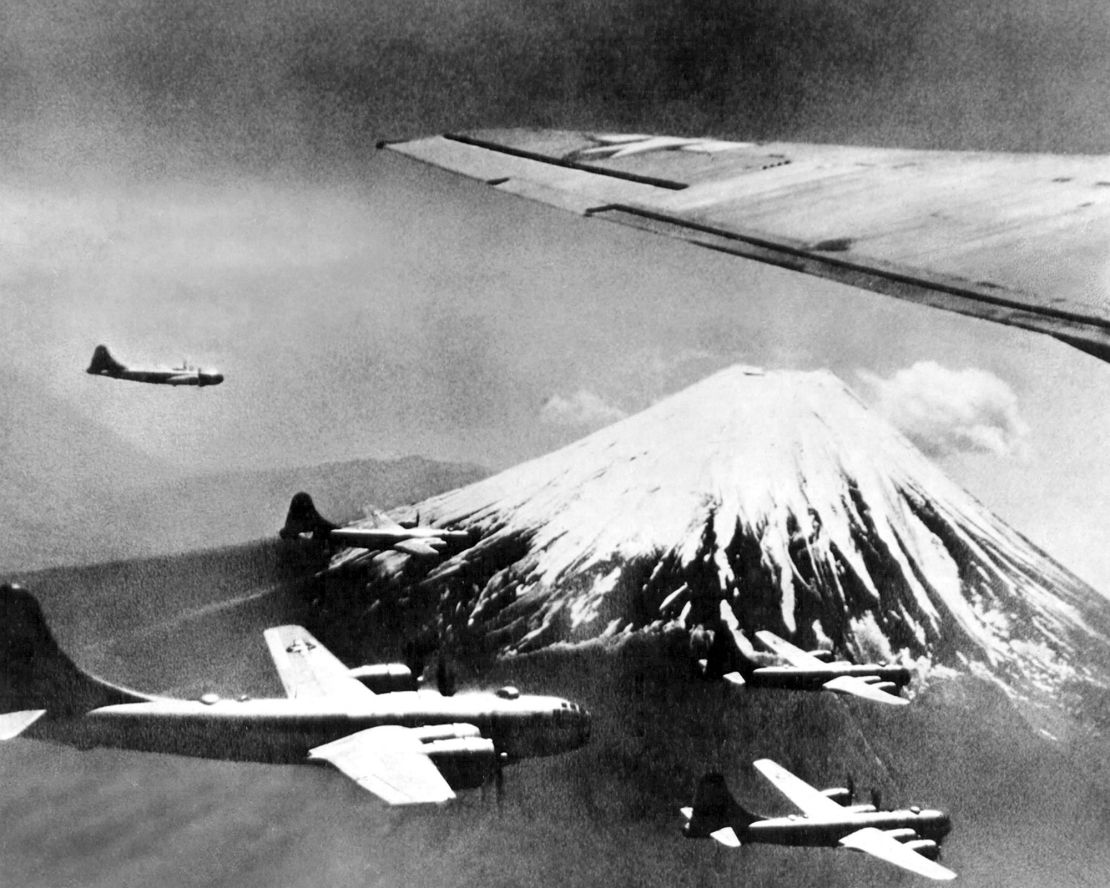
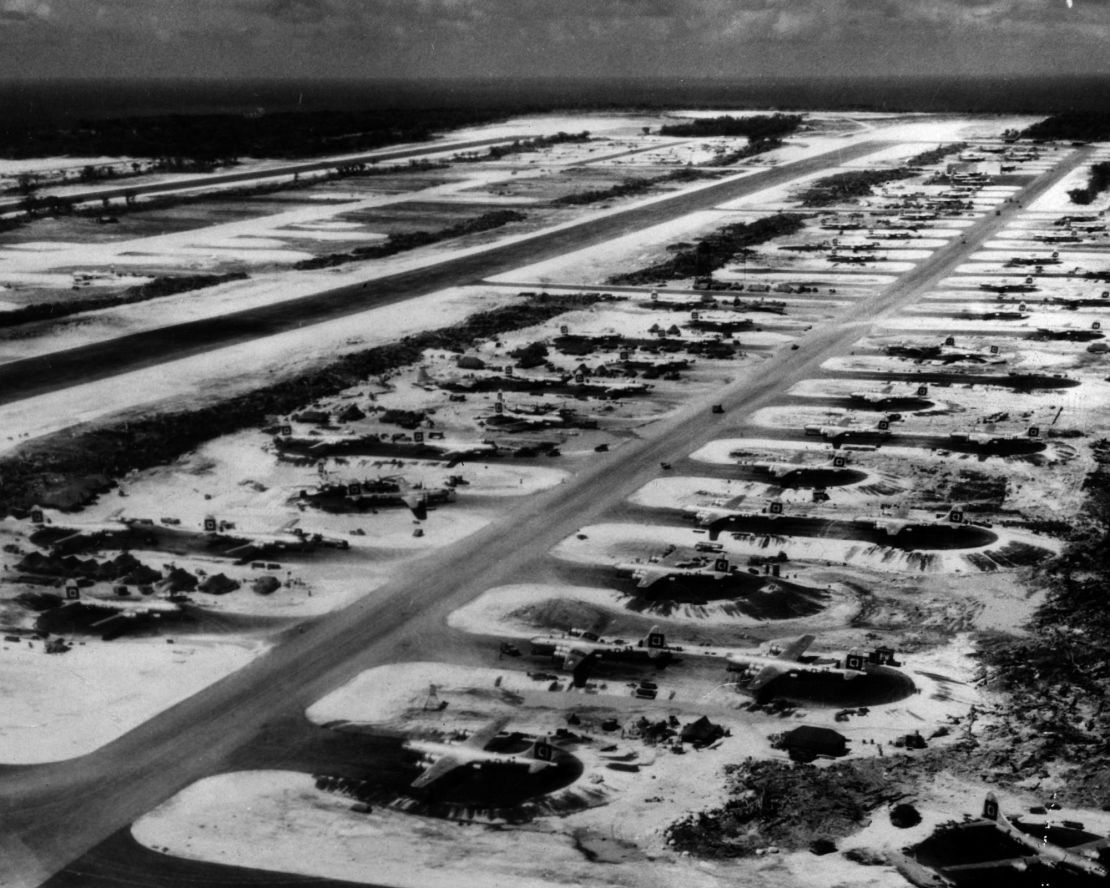
And now they were being asked to risk their lives hitting what Bigart called “a pathetically small city of little obvious importance.”
But in a pre-mission briefing, commanders said Kumagaya had an important rail yard and shops that made airplane parts, legitimate military targets.
“This should be the final knockout blow of the war,” commanding officer Col. Carl Storrie told the fliers, according to Bigart. “Put your bombs on the target so that tomorrow the world will have peace.”
And in case the surrender was announced during their flight to Kumagaya, the B-29 crews were told to monitor their radios for the word “Utah.” That would mean Japan’s surrender was official and they could turn back to Guam.
It never came, and late on the night of August 14, 1945, the last fire raid of World War II began.
Fire and rain
Kazue Hojo was 7 years old when Kumagaya burned. She lived in a house with her family, having a reasonably happy childhood despite the hardships brought on by the fact that her country had, with its invasion of China, been at war in Asia for her entire life.
On a June afternoon, she shared photos of that childhood with CNN. As we sit down in the house of Shoichi Yoshida, non-executive administrative director of a civic group that keeps memories of the fire raid alive, it’s the first time she has spoken with media about her recollections of that fiery night.
As the bombing began, she fled with her mother, her 5-year-old sister and 2-month-old brother to a railway embankment, dodging the incendiary bombs that “came down like rain,” she said.
A piece of shrapnel struck her mother in the neck. At the same time, her brother, whom her mother carried on her back, suffered a serious burn on his forehead. Both of them were left with scars they would bear the rest of their lives, she said.
And fires raged. “It was bright like daytime,” Hojo said.
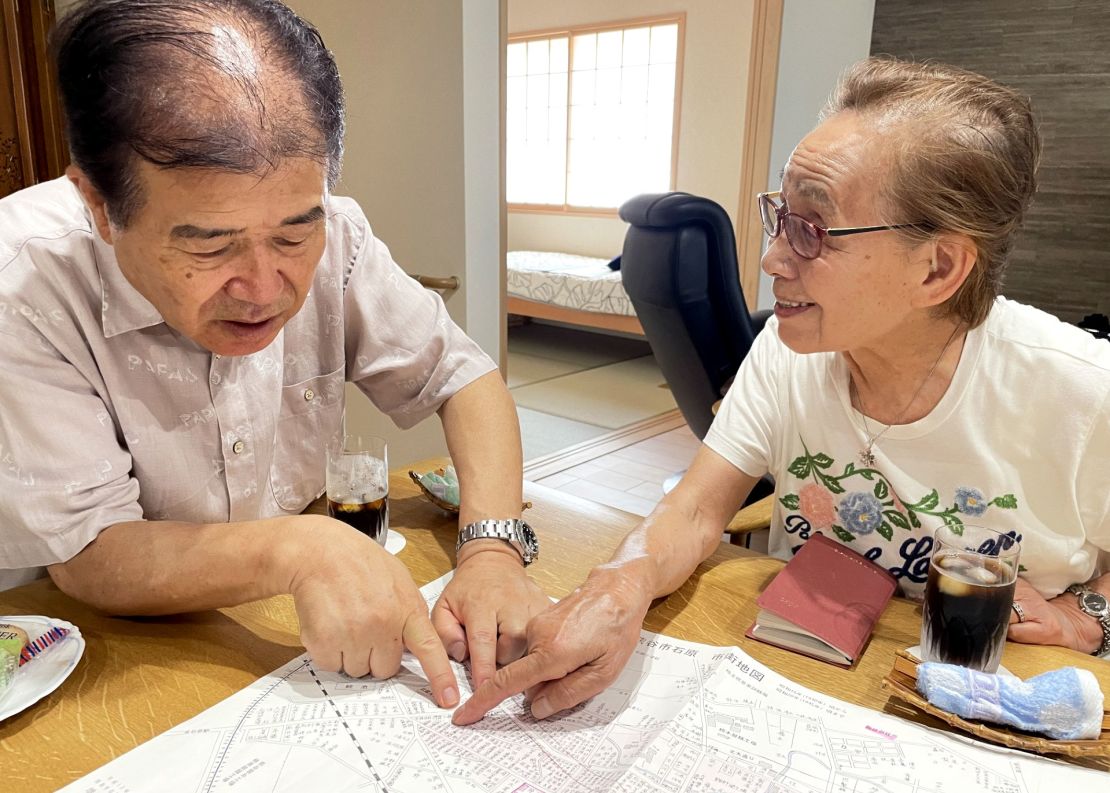
“Everybody seemed wet,” she said, but she didn’t know why. Was it rainfall? Was it the napalm, was it a combination of both, as the fires could sometimes cause localized rainfall?
What Hojo does remember vividly is what she saw when she came down into the city the morning after the raid.
Her house still stood — at the very edge of the destruction. Beyond it, she could see for miles, distances unimaginable the day before, with smoke still rising from what a day earlier was Kumagaya.
The next day, as she and her family walked through the ruins, hoping to get to her grandparents’ home about six miles away, it was wet, very wet.
All along the route, through the city’s burned downtown district, many adults were lying on the ground amid the rubble, crying inconsolably, which she says is her most painful memory of the war.
A father’s wish, a son’s dilemma
It’s a brutally hot June afternoon when we begin our visit to explore Kumagaya, now with a population of almost 200,000 and just over an hour by rail from Tokyo. At the train station, a souvenir T-shirt espouses the city’s modern claim to fame: the hottest temperature ever recorded in Japan — 41.1 degrees Celsius (105.98 degrees Fahrenheit) on July 23, 2018.
From there, Yoshida takes us on the six-minute drive to the Sekijoji Buddhist temple, where outside a Japanese elm tree has grown new wood around that which was charred on the night of August 14, 1945.
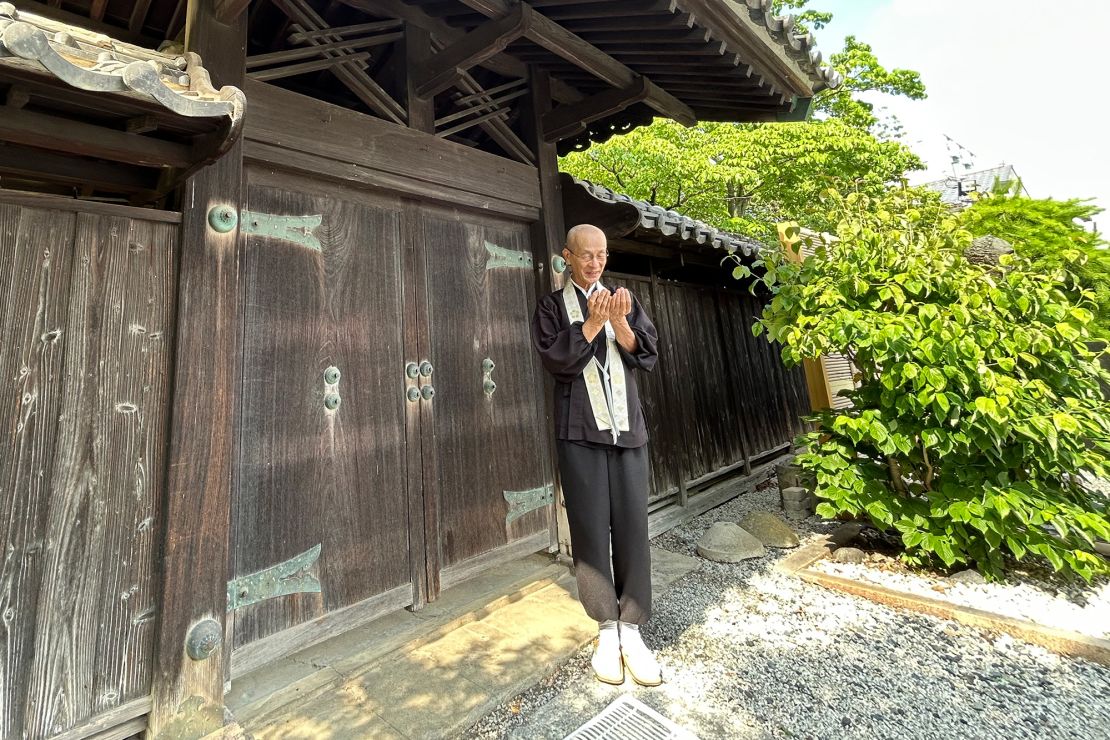
Inside, 79-year-old head priest Tetsuya Okayasu introduces us to a wooden statue of Kobodaishi — one of ancient Japan’s most respected Buddhist monks — a sacred symbol of spiritual legacy and devotion. The left side of the statue’s smooth, cherubic face is blackened by fire.
Okayasu explained how this was one of seven sacred statues in the temple, and it was the last one inside the structure as it burned from the American bombs. His father risked his life to get it out, he said, literally as the structure crumbled around him.
After the war, his father stashed the statue away. Near the father’s death, as he handed leadership to his son, he told him his two wishes for the statue:
One, it should never be repaired.
“The statue is a living witness to the air raid on Kumagaya,” Okayasu said his father told him.
And two, it should never be shown to the public. “Because it is heartbreaking in appearance, people should not see him like this,” his father instructed.
The son has kept the first promise and held to the second for years, until the director of the nearby Saitama peace museum asked to display the statue. Okayasu relented.
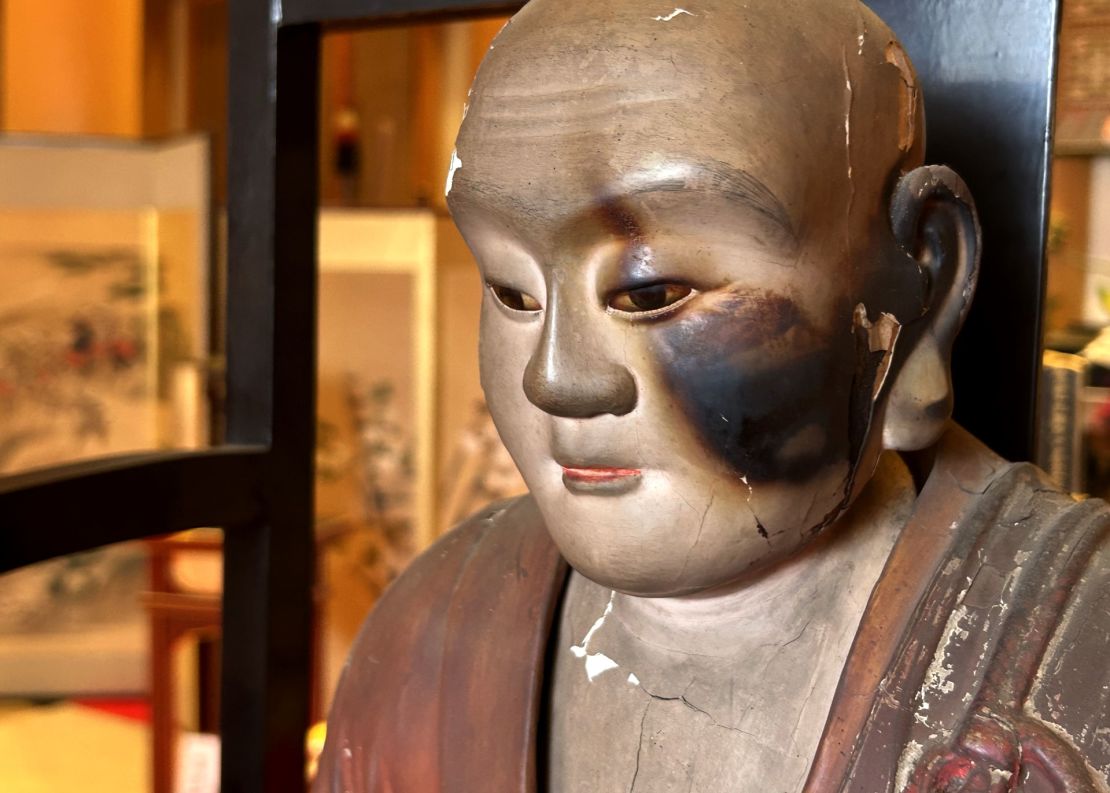
The first members of the public to see it were young people at the museum’s summer peace education program. It showed evidence of the horror of war and what it had done to Kumagaya long before their births, he said.
The statue worked, and the children who visited it asked questions — some were brought to tears — and began to understand their heritage better, the museum director told Okayasu.
“While I feel bad going against my father’s will, I have decided that if people are to learn about peace, they can see the statue,” Okayasu said, his voice trembling in a whisper.
Still, he doesn’t display it constantly. But he’ll bring it out for those with an interest, as he did for CNN.
Outside the temple, Okayasu points out a gate with a slim tiled roof. It’s the only part of the complex that stood after the bombing.
Okayasu, who was 10 days old when Kumagaya was bombed, explained its importance to him.
The 200 or so square feet under that gate roof, with makeshift walls of burned corrugated iron, were shelter for him, his mother and father, four siblings and grandmother, for six months as they waited for post-war housing to be built.
A weapon or a war crime?
Kumagaya, along with nearby Isesaki, were the last cities to burn from US firebombs, but were just the final blows in a campaign that began in February 1945.
The fire raids were the brainchild of Gen. Curtis LeMay. He’d been given command of the US bomber force in the Pacific after earlier B-29 raids, using high-explosive bombs dropped from 30,000 feet, were ineffective at crippling the Japanese war machine.
As few as 20% of targets were hit in those early raids, and air crews blamed poor visibility in bad weather and jet stream winds blowing bombs off target after being dropped from high altitude.
LeMay’s plan shocked many of those involved in the war effort.
The B-29s would go in low, at 5,000 to 8,000 feet. They’d go in at night. And they would go in single file, rather than in the large multi-layered formations the US had used in the daylight bombing of German forces in Europe.
And they’d carry incendiary bombs, cluster munitions dropped in cannisters of 38 apiece that broke apart near impact, spreading their bomblets of napalm over a wide area.
LeMay thought they’d be perfect to burn Japan’s wooden homes and businesses, and he was quickly proven right.
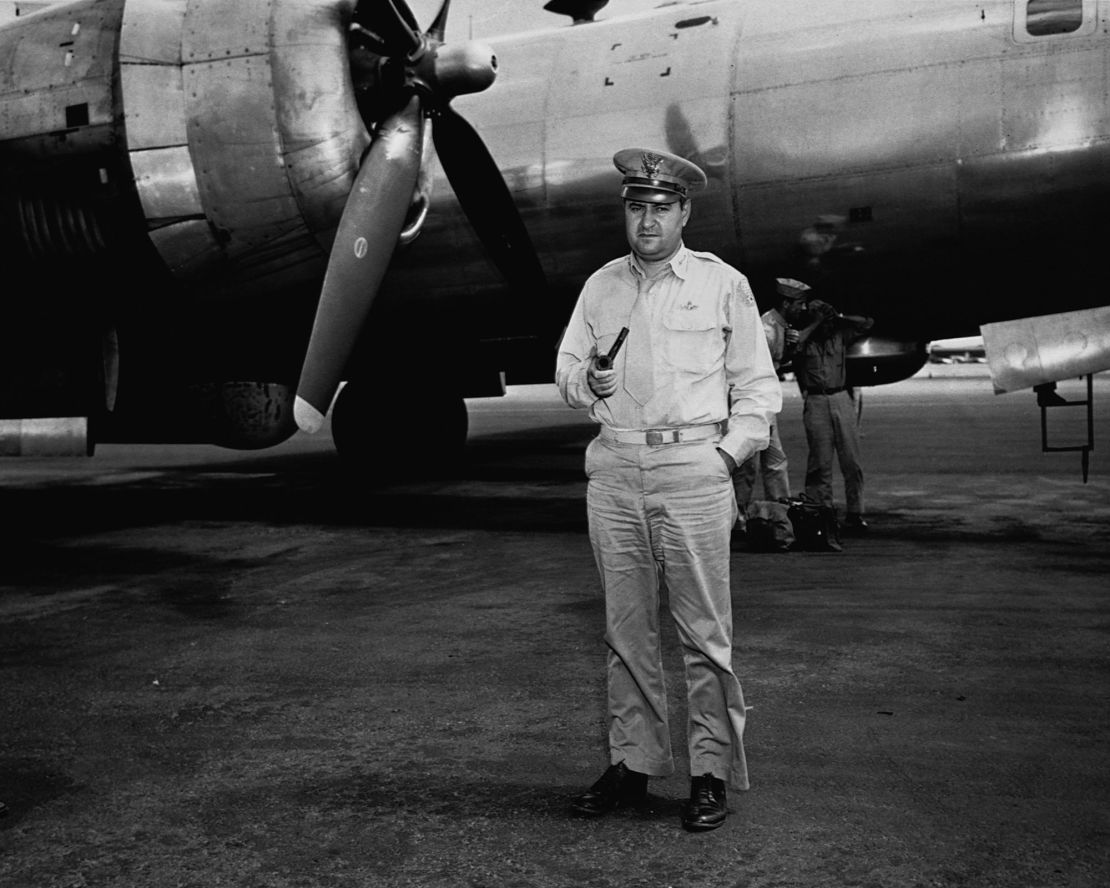
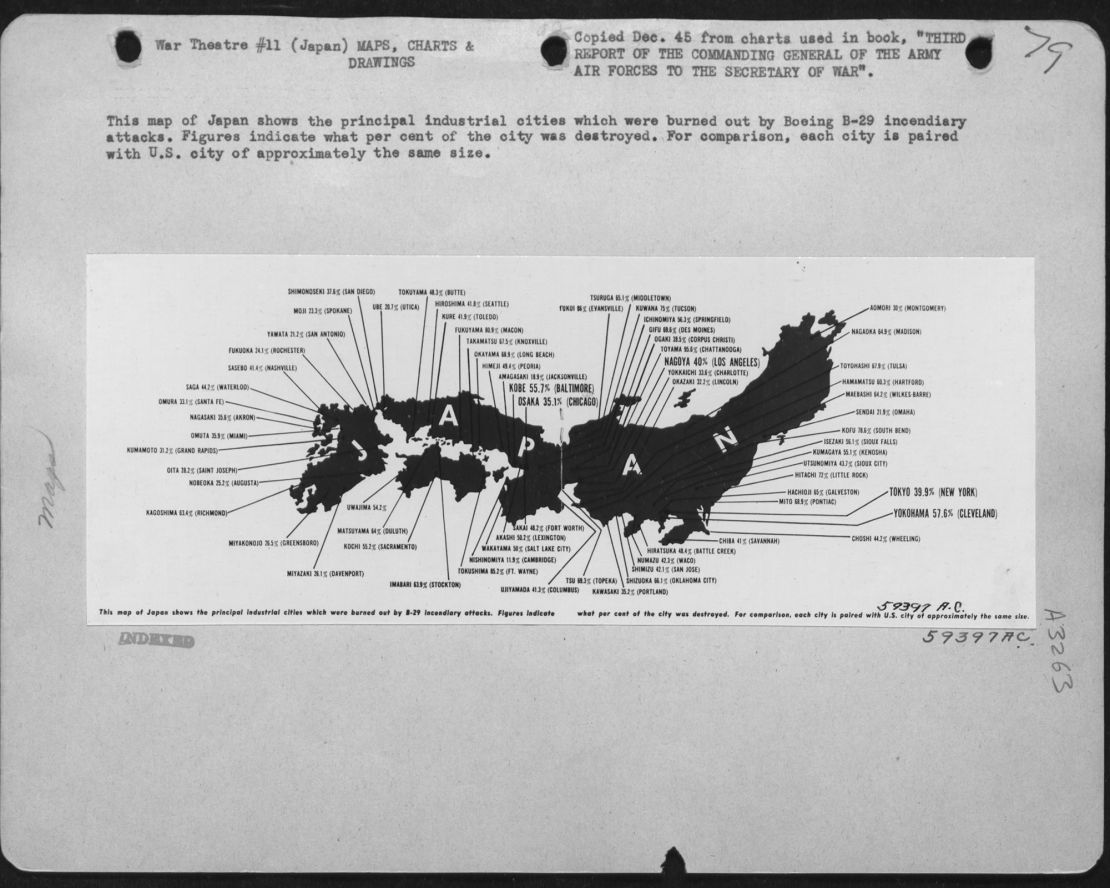
A March 9-10 fire raid on the capital of Tokyo killed 100,000 people, the deadliest air raid in human history, a toll worse than Hiroshima or Nagasaki. It — and subsequent raids — destroyed about 60% of the city, leaving about a million people homeless.
The worst-hit city was Toyama — 99% destroyed — on August 1.
Robert McNamara, who was US defense secretary during much of the Vietnam War, was a Guam-based analyst of bombing effectiveness in 1945.
The fire raids, McNamara said in the 2003 documentary “The Fog of War,” showed humanity “has not really grappled with what are, I’ll call it, ‘the rules of war.’ LeMay said, ‘If we’d lost the war, we’d all have been prosecuted as war criminals.’ And I think he’s right. He, and I’d say I, were behaving as war criminals. LeMay recognized that what he was doing would be thought immoral if his side had lost. But what makes it immoral if you lose and not immoral if you win?”
Who’s to blame?
Though it was dozens of US B-29s that burned Kumagaya in 1945, the survivors and others in Kumagaya said they hold no animosity toward America.
Norihiro Ooi, curator at the Kumagaya City Library, said Kumagaya was really just unlucky, bad timing.
“The reason Kumagaya became the site of the last air raid was simply by chance,” Ooi said.
If the surrender had been announced sooner, or if peace negotiations had started later, it would’ve been someplace else, he said.
“One place had to be the last bombed,” he said.
That’s little consolation to Hojo, the 87-year-old survivor.
“If it was just one day earlier that the war ended,” she said. “The very next day Japan was defeated. Kumagaya’s tragedy feels utterly foolish in that light.”
Some people blame the Imperial Japanese government. Its invasion of China beginning in 1931 set the stage for World War II in the Pacific and the destruction that would eventually be meted out by the US and its allies, they said.
The years of conflict brought a momentum of war.
“Once it reaches that point, common sense and conscience can no longer resist it,” Yoshida said, adding that Imperial Japan’s system of governance left no checks or restraints on the power of the military.
Poet author Yoneda talked about, as an adult, visiting Nanjing, China, where from December 1937 to February 1938 Imperial Japanese troops massacred more than 300,000 people, including Chinese troops and civilians and raped tens of thousands of women.
The visit gave her a new perspective on her city’s fate, she said.
“In Japan, the focus is on the damage Japan suffered during the war, but I was shocked to learn about the Nanjing Massacre — a part of history where Japan was the perpetrator.”
Hojo and Yoneda turn their thoughts to the Americans who were in those B-29s.
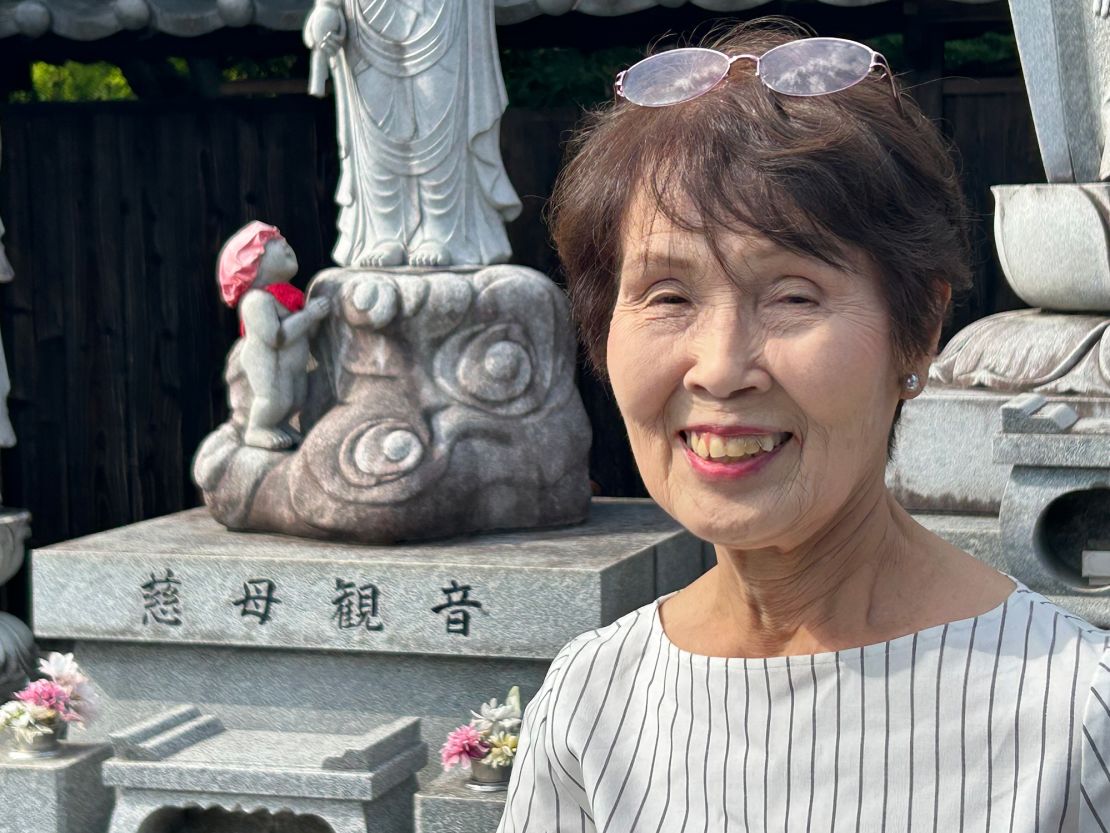
“The human heart is complex — we endured terrible suffering, but those who inflicted it must have suffered in their own way, too,” Hojo said.
“That means even the US military had hesitations, doesn’t it?” Yoneda asks.
Vivian Lock was the pilot of the second-to-last B-29 to hit Kumagaya that night.
In a 2004 exchange of letters with a Kumagaya survivor, Ken Arai, Lock gave an airman’s perspective on the raid.
“I have always regretted all the innocent people killed, injured and the loss of home and property,” wrote Lock, who died in 2010.
In his correspondence, he noted how on the flight to Japan B-29 crews were eager to hear the code word that Japan had surrendered — “Utah.”
More than once, radio silence between his aircraft and others on the mission was broken with the words, “Have you heard anything yet?” Lock wrote. “Meaning that they were hoping the war had ended.”
Yoneda said the situation was really beyond the control of anyone directly involved that night.
“I’m not going to say Kumagaya had to happen,” she said.
“But if war starts, it’s hard to end.”
Scarred at age 3, he grows symbols of peace
A short walk from the temple is a stream bed, fresh water gurgling through the heart of Kumagaya for several blocks. It’s arrow-straight now, but in 1945 it was a meandering creek – and a grave for some of the hundreds of people who died that night.
They jumped into the streambed, hoping to avoid the flames and heat. But because the stream was narrow and the buildings on its banks were made of wood, the burning structures collapsed on them.
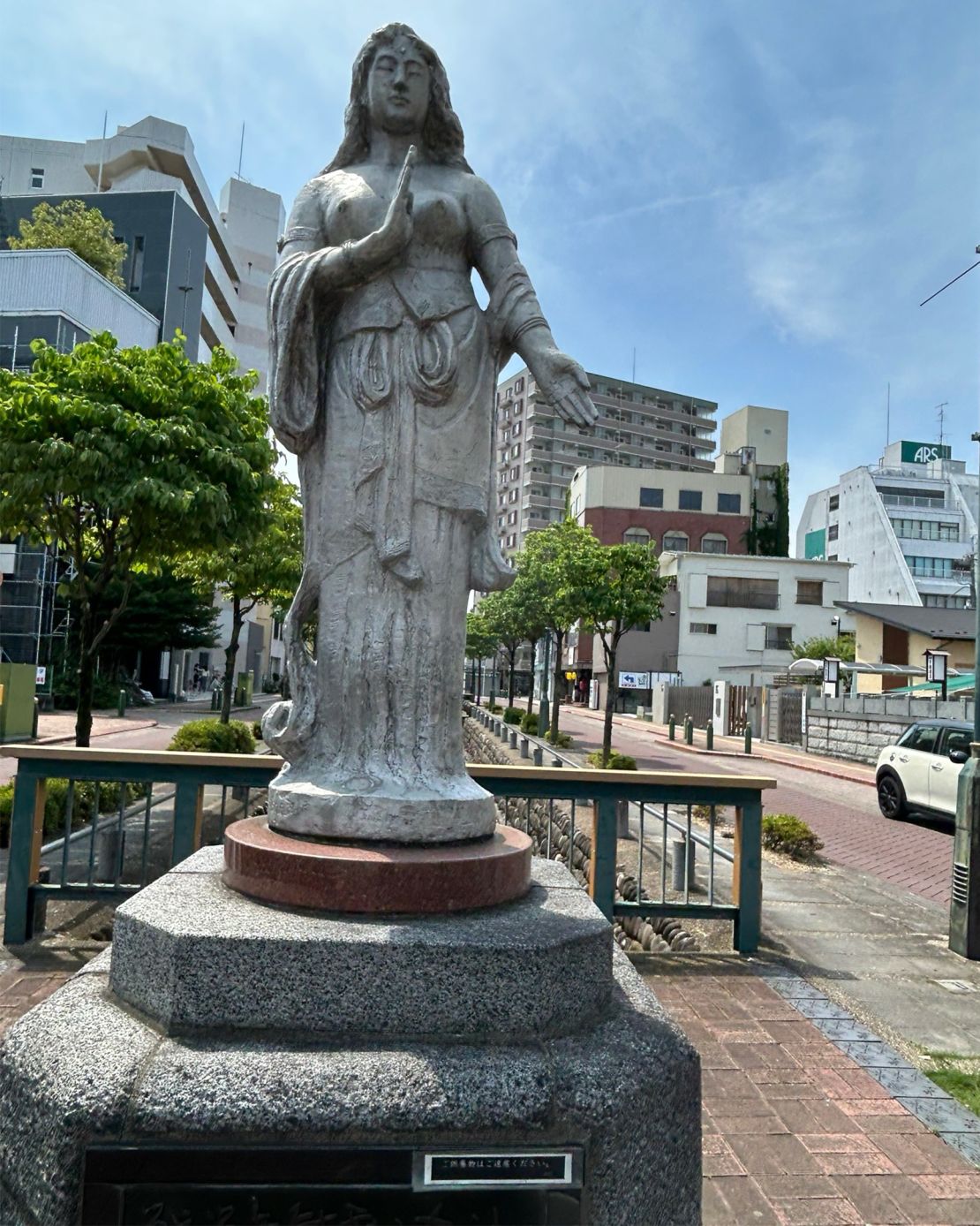
Now, a statue marks that spot, the names of the known Kumagaya victims inscribed on its base.
Susumu Fujino lived near that spot in August 1945. He was 3 years old at the time, and shrapnel from a US bomb hit him in the shoulder.
Eighty years later, he still lives there and is outside tending to his garden as Yoshida shows us the area.
Fujino removes his shirt and shows us the scar from the night of the bombing that remains with him. Behind him, a poster advertises upcoming local commemorations of “The Last Fire Raid.”
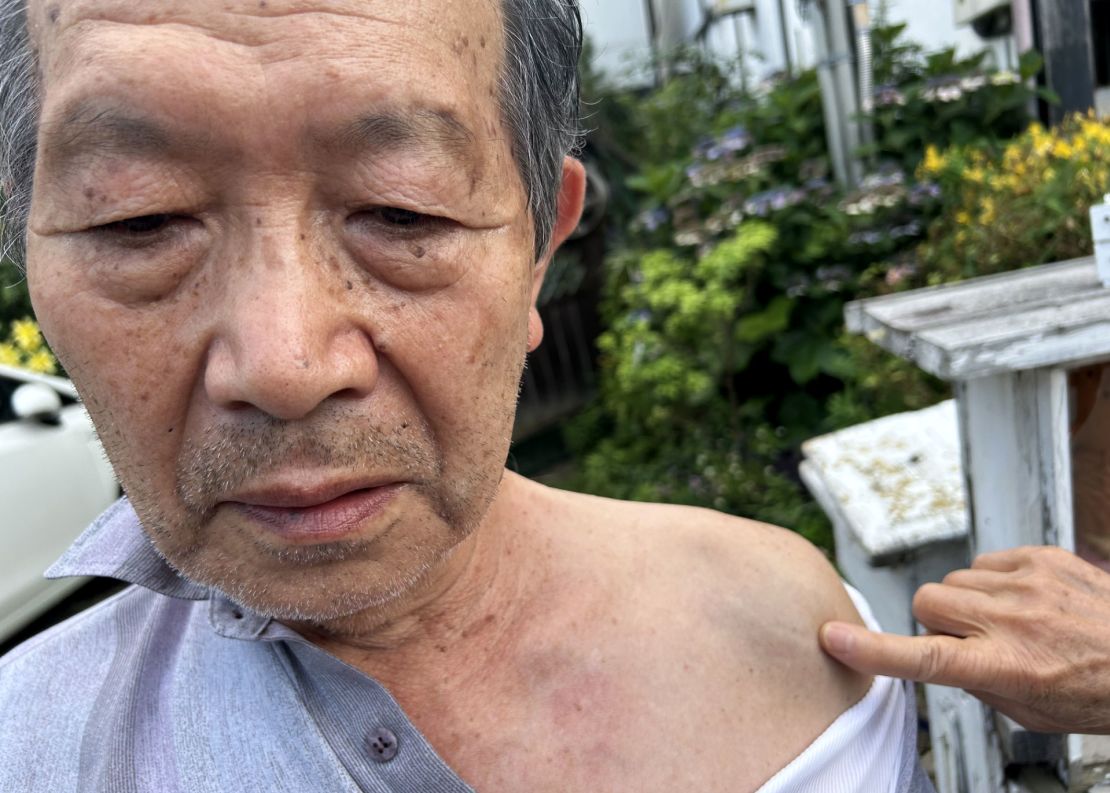
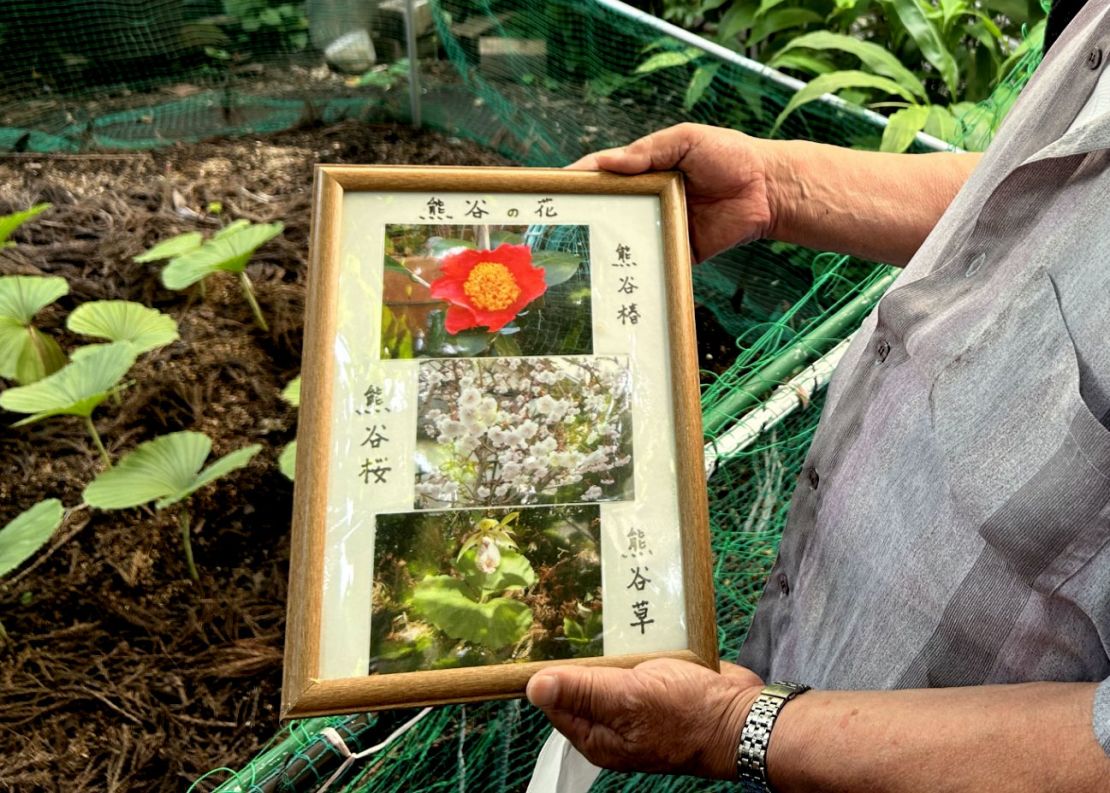
That night and the scars of war are something Fujino didn’t talk about for most of his life, he said.
But, at 83, he’s talking now as he and the other survivors come to the end of their lives.
Fujino now uses his retirement years to grow the Kumagaiso, an orchid, and Kumagai Tsubaki, a camellia flower. Both are now considered symbols of peace for Kumagaya.
The fire raid left the flowers at risk of extinction, Fujino said.
“Kumagaiso plants were almost completely wiped out. That’s why I’ve been growing them — I want to preserve them. To me, they are symbols of peace.”
His own peace garden, just a few hundred feet from the stream where so many died.
If you go
Kumagaya can be a side day trip if you’re visiting Tokyo and want something different to do off the usual tourist tracks.
Most of the sites related to the Kumagaya fire raid are a short bus or taxi ride — or even a walk — from Kumagaya Station, which is accessible from Tokyo Station by Japan’s Shinkansen bullet trains in around 40 minutes or only an hour and 15 minutes when using standard rail lines.
If you want to visit the Sekijoji Temple and see the burned statue, be sure to contact the temple beforehand so they can get it ready for viewing.
A small museum on the second floor of the Kumagaya City Library, a short walk south from the train station, has a history of the area and includes an exhibit on the fire raid. There’s not much information in English, however.
The stream near the center of the bombing attack is a few blocks north of the station and if you walk along it to the west, you’ll see the statue commemorating the victims of the fire raid.
From August 13 to 18, you can visit a peace exhibition, “The Last Air Raid on Kumagaya,” at Yagihashi Department Store in the city, co-hosted by the Kumagaya Air Raid Memorial Civic Organization. Yoneda will be reading her poems.




